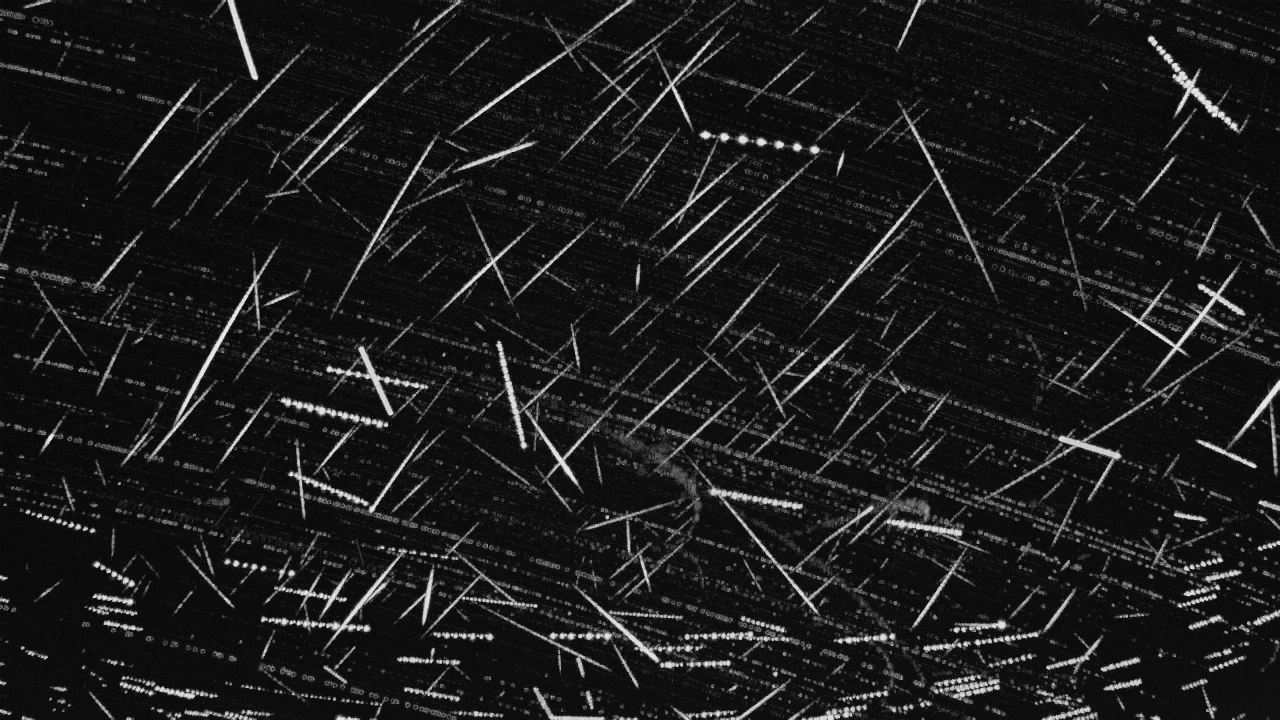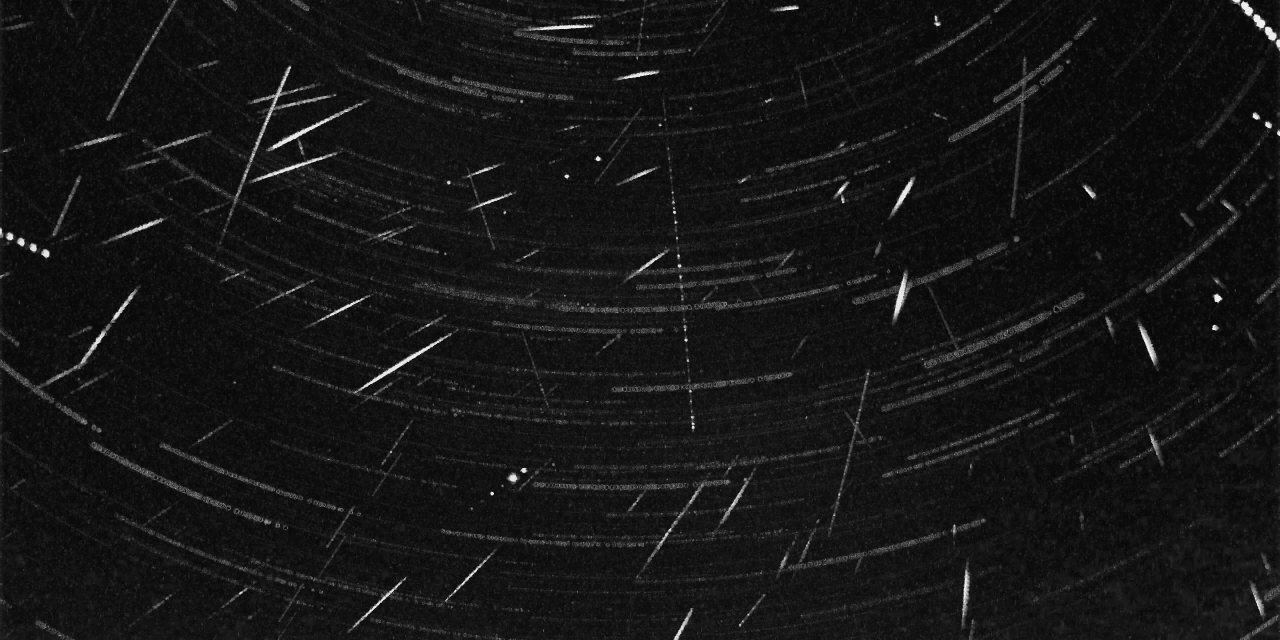The low-cost Raspberry Pi based meteor camera (project link: LINK) located in Elginfield, Ontario, Canada observed the 2018 Draconid outburst in short time window from 00:30 to 01:30 UTC, after which the site was clouded out.
In that period, 124 meteors were recorded using a 3.6 mm f/0.95 lens and a IMX291 based camera. This setup achieved a stellar limiting magnitude beyond +6M at 25 FPS, and the field of view was 87×45 deg.
The figure above shows the stack of detected Draconids in that short period of time, figure 1 shows one FTP compressed image with 3 Draconids (the Milky Way and Deneb are in the centre of the image), and figure 2 shows the real-time video reconstruction of these three meteors.
Finally, figure 3 shows a stack of 344 Draconids recorded from Hum, Croatia with the same setup as the one described above, but over a period of the whole night. The camera was pointing towards south west.
Read more about the Global Meteor Network: https://gmn.duckdns.org/
![]()
Figure 1. Three Draconids recorded around 00:49:51 UTC on October 09, 2018. Credit: Denis Vida, Michael Mazur

Figure 2. Real-time video reconstruction of the three Draconids shown in figure 1. Credit: Denis Vida, Michael Mazur

Figure 3. Draconids outburst as observed from Hum, Croatia. Credit: Aleksandar Merlak



Hi Dennis,
I’m really impressed by the sensitivity of these cameras. However when I look on ALIexpress and ebay there are LOTS of variations on a theme!
Did you use a USB3 camera module or directly addressable. If you have a specific module name/type that would be great.
Cheers,
Bill
Which specific camera did you use please?